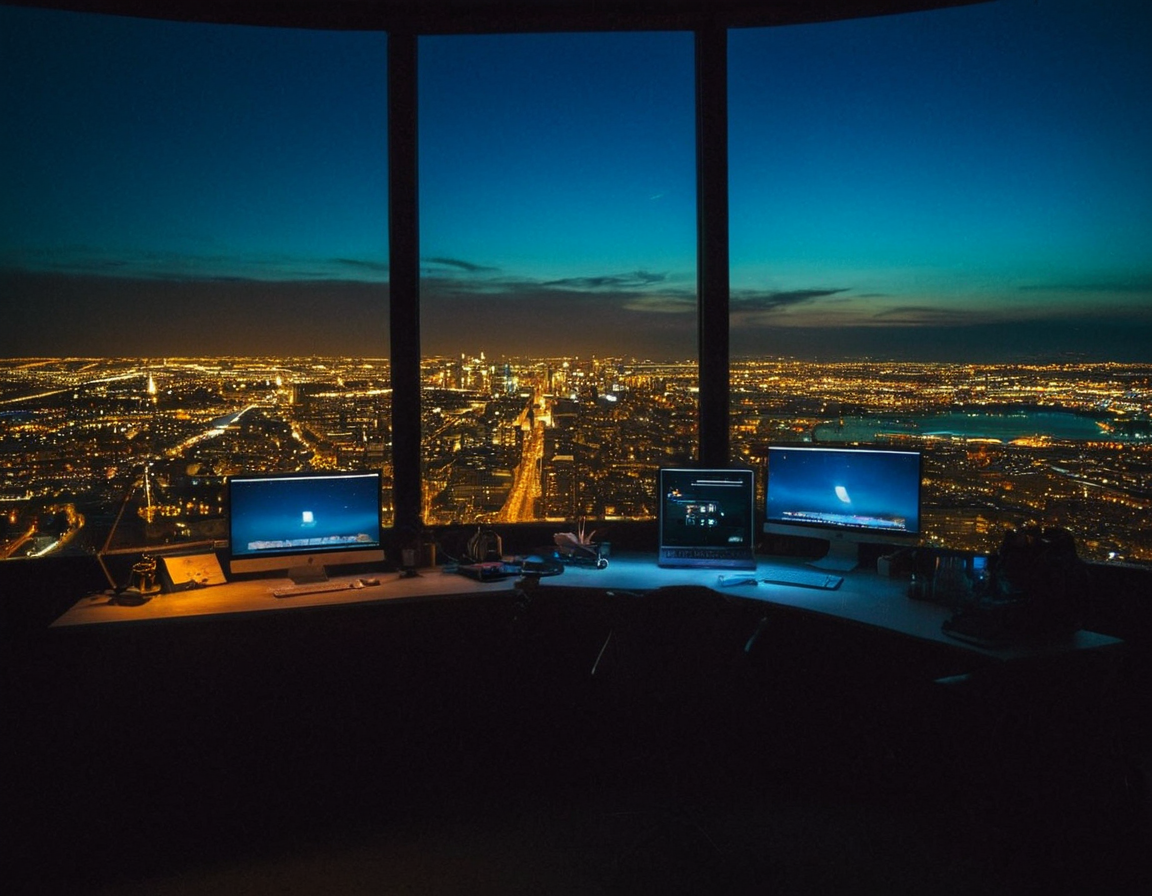Royalty-Free or Rights Managed? Photo Licensing for Commercial Use

Licensing Your Photos for Commercial Use: Understanding Royalty-Free vs. Rights-Managed Models
When it comes to using someone else’s photo for commercial purposes, the laws and regulations surrounding image licensing can be complex and overwhelming. In this article, we’ll delve into the world of royalty-free and rights-managed models, exploring the key differences and implications for businesses and individuals alike.
Introduction
The use of images in advertising, marketing, and other business contexts is a common practice. However, without proper authorization, using someone else’s photo can lead to costly lawsuits, reputational damage, and even criminal charges. In this article, we’ll examine the two primary models of image licensing: royalty-free and rights-managed.
Royalty-Free Models
Royalty-free images are designed for use in commercial contexts, but they come with a catch: you’re not allowed to sell them as your own work. These images typically:
- Are sold through online marketplaces or stock photo websites
- Are used by businesses and individuals for non-commercial purposes (e.g., personal blogs, social media)
- Typically don’t require any upfront fees or licensing agreements
However, using royalty-free images without proper attribution can lead to copyright infringement claims.
Rights-Managed Models
Rights-managed images, on the other hand, are more restrictive and come with a range of limitations. These images typically:
- Are sold through direct licensing agreements between the photographer/artist and the client
- Are used by businesses and individuals for commercial purposes (e.g., advertising, product design)
- Often require upfront fees or licensing agreements
Using rights-managed images without permission can result in costly lawsuits and reputational damage.
Practical Examples
Let’s consider an example to illustrate the differences between royalty-free and rights-managed models. Suppose you’re a small business owner looking to use a popular influencer’s photo for your social media campaign. If you choose a royalty-free image, you might not need to pay any upfront fees or licensing agreements. However, using that same image without proper attribution could lead to copyright infringement claims.
On the other hand, if you opt for a rights-managed image, you’ll likely need to negotiate a direct licensing agreement with the photographer/artist. This can be time-consuming and may result in higher costs than using a royalty-free image.
Conclusion
Licensing your photos for commercial use is a complex process that requires careful consideration of copyright laws and regulations. Understanding the differences between royalty-free and rights-managed models can help businesses and individuals avoid costly mistakes and reputational damage. In our next article, we’ll explore more advanced topics in image licensing and intellectual property law.
Call to Action
Before using someone else’s photo for commercial purposes, take a moment to research their licensing terms and ensure you’re complying with copyright laws. The cost of non-compliance can be steep – not just financially, but also in terms of reputational damage and legal consequences.
Tags
royalty-free-images commercial-photography image-licensing photo-rights photographer-credit
About Amanda Lee
Hi, I'm Amanda Lee, a seasoned photographer and blogger passionate about helping creatives grow their skills. With a background in photo editing software like Lightroom & Photoshop, I share practical tips, tutorials, and inspiration on lentecreativa.com to help photographers elevate their craft.
